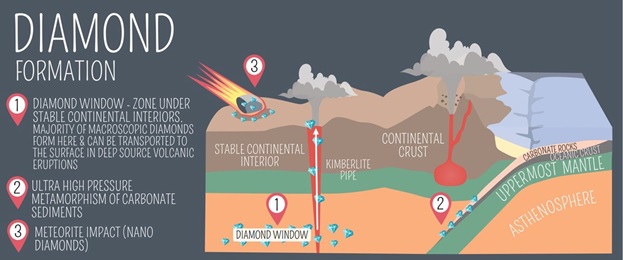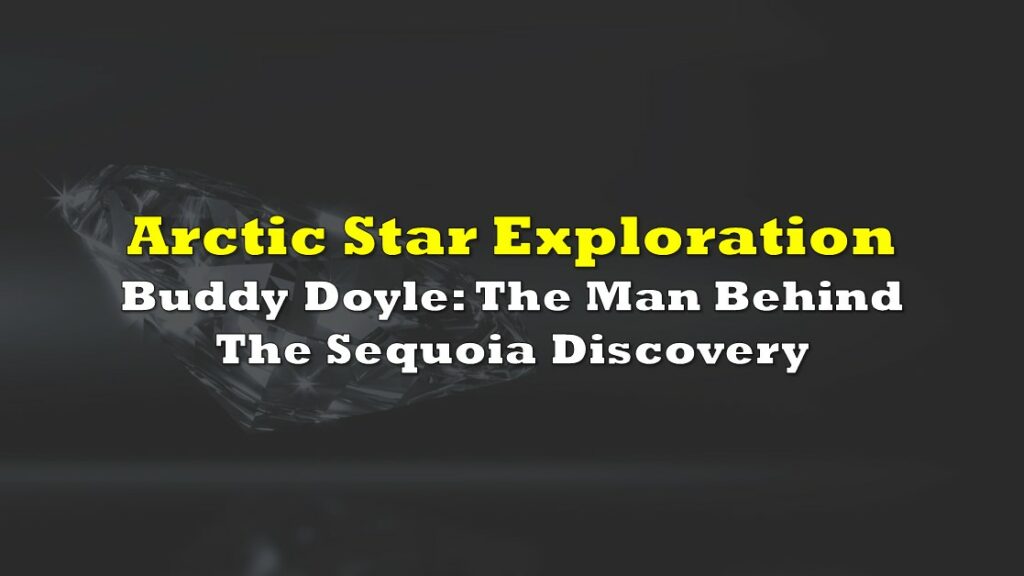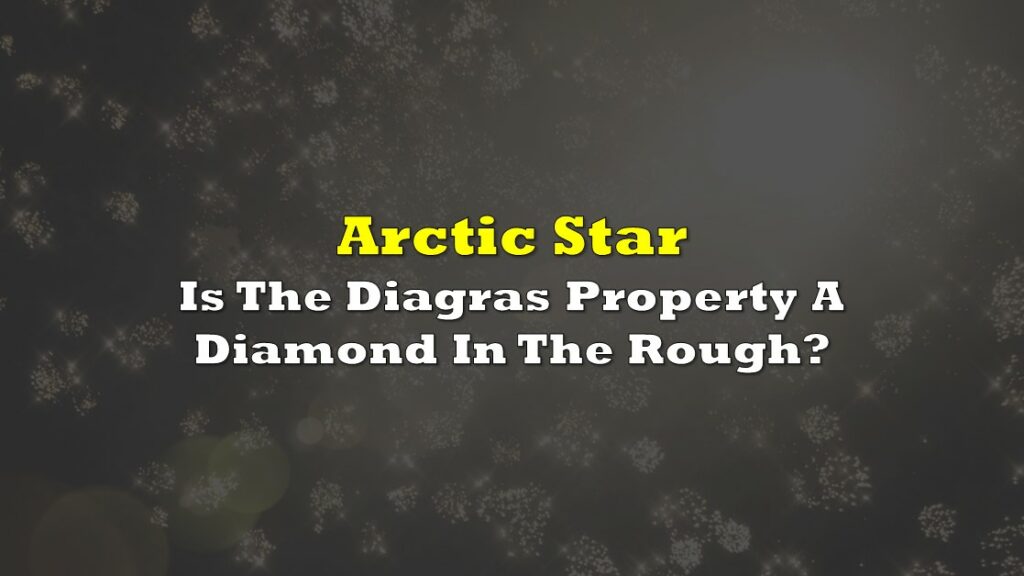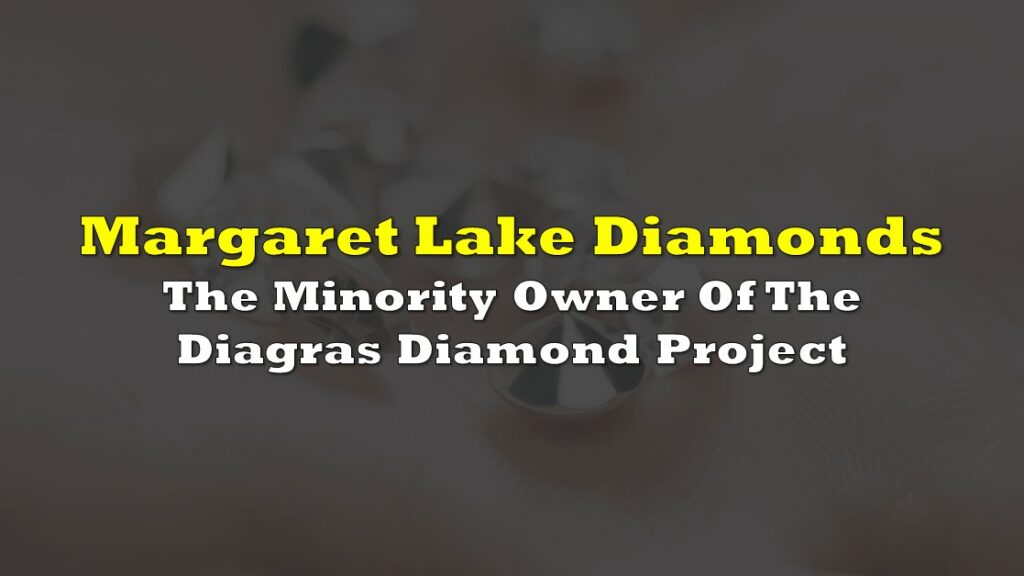In today’s mining industry model, a junior exploration company typically seeks to discover a new mineral deposit. Once an initial discovery has been made, they then develop the deposit, delineating both its size and scope. They establish a mineral resource estimate for the deposit, and then conduct a pre-feasibility study (PFS) to determine the project’s economic potential and expected mine life.
Junior exploration plays take on the risk of making a discovery and adding value to the project. If the project appears to have strong mining potential, a larger mining company will often acquire the deposit at a premium price, one reflecting said added value. This provides the junior company’s shareholders with a lucrative windfall exit.
Acquisitors & Producers Want a Deposit De-Risked
Very few exploration companies have the expertise or desire to become a producer. Producers, though, have both the financial and technical resources to build a mine. As such, they are happy to pay up to acquire a de-risked project with strong economic viability, creating a win-win scenario for both entities.
When a new deposit is discovered, the challenge for the junior company is to develop the deposit into a potential mine as efficiently and cost-effectively as possible. Technological advances in prospecting tools and exploration methodologies enable explorers to have a reasonably good idea of a property’s odds of success, before a drill ever penetrates the earth’s crust. Drilling is the most expensive part of exploration. Therefore, great care is taken to understand the property in great detail in order to formulate the most efficient drilling strategy.
Diamond Drilling is Very Technical
Modern airborne and ground geophysics tools allow geologists to detect anomalies and model underground geological structures to considerable depths, thus providing pinpoint drilling targets. Diamond exploration is a major beneficiary of some of these technological advances.
Diamonds are most often found within geological structures called kimberlites, which host material created through ancient volcanic activity. This material commonly hosts diamonds, and often appears to resemble cylindrical pipes. Through these ‘pipes,’ magma erupted during volcanic activity, carrying a variety of minerals to the earth’s surface. These minerals cooled, and were subsequently dispersed by glacial captivity. It’s worthwhile to note that while kimberlites are commonly associated with hosting diamonds, not all kimberlites contain diamonds.

VTEM is a Key Piece of Technology
A commonly used technology for diamond exploration is VTEM (Versatile time domain electromagnetic), a helicopter-borne geophysical technology that was developed in 2002 by Markham, Ontario-based Geotech Ltd. It enables geologists to “see” 300 metres below the surface by generating currents that diffuse into the earth, and then is bounced back to provide a response. Any conductive materials absorb the currents, generating a secondary field that is measured by VTEM.
VTEM releases variable long and short duration electromagnetic pulses using optimized power to noise ratios, providing a true assessment of the conductive materials beneath the surface, and is able to detect and differentiate between moderate and excellent conductors. The data is recorded in real time, uploaded to computer servers, and subsequently analyzed in detail by geophysicists to provide an accurate geophysical model of the target.
A key benefit to diamond explorers is that VTEM can clearly identify the exact location and definition of a kimberlite pipe once the VTEM data has been modeled. This eliminates any guesswork of where they are to drill.
Sampling Programs and Caustic Fusion
When kimberlites are discovered, diamond geologists conduct sampling programs. They drill the kimberlites to recover any diamonds that are embedded in the kimberlite ore. The samples are then sent to a lab for analysis. The lab uses a chemical process called ‘caustic dissolution’ to dissolve the kimberlite ore to recover any diamonds from the samples. This process is more commonly referred to as ‘caustic fusion,’ and is especially useful for microdiamond recoveries, ensuring that 100% of diamonds in any sample can be recovered.
A sampling program is an important first step to determine if a kimberlite discovery may have future economic potential. All of the diamonds recovered from the sampling program are examined under a microscope, to be sorted and recorded by size, colour, shape and weight. Labs utilize rigorous chain of custody protocols to maximize quality control and to ensure confidentiality.
Creating a Diamond Distribution Curve
The recovered diamonds are recorded and plotted on a spreadsheet to create a “diamond distribution curve” showing every diamond, from the largest to the smallest, and the amount of each that has been recovered. As the exploration programs continue and more diamonds are recovered, the additional results are added to the database.
This enables a more statistically accurate forecasting of a project’s potential diamond volume, and the type and size of diamonds the property may contain. Conducting larger sampling programs enables an even greater accuracy and reliability of the database, which is critical to building a pre-feasibility study on the project’s potential economic viability.
The above picture is an example of a diamond distribution curve from a small sample size, from an exploration program conducted by Arctic Star Exploration Corp. (TSXV: ADD) in 2021. The curve will be expanded upon as exploration continues, including the results of a planned large-scale 3000 ton sampling program in 2022-2023.
Another example of a diamond distribution curve is a small caustic fusion sample analysis of Peregrine Diamonds hole DO-27, from 2005. The 151 ton bulk sample from the central lobe of DO-27 kimberlite yielded an average grade of 0.89 carats per ton, with 21 stones greater than 0.5 carats
Arctic Star’s Bulk Sampling
For junior exploration investors, it’s important to understand which stage a company’s project is at when making their investment decision. The bulk sampling expected shortly from Arctic Star’s Diagras Project Sequoia kimberlite, as well as the Arbutus kimberlite, will provide further data on the potential feasibility of the deposits, and enable the company to continue along the path to potential further project development.
Determining Economic Viability
Many factors go into determining the economic viability of any given exploration project. For diamond exploration companies, a well-defined diamond distribution curve can provide geologists with the ability to conduct a more accurate analysis of a project’s viability. The larger the kimberlite field and commensurate diamond recoveries, the more likely that the project’s economics may be sustainable.
Companies will then factor in expense variables, such as infrastructure, labour, and transportation when creating their pre-feasibility study. Potential suitors – such as producers – will then rely on the study when considering whether to make a potential acquisition.
FULL DISCLOSURE: Arctic Star Exploration is a client of Canacom Group, the parent company of The Deep Dive. The author has been compensated to cover Arctic Star Exploration on The Deep Dive, with The Deep Dive having full editorial control. Not a recommendation to buy or sell. Always do additional research and consult a professional before purchasing a security.









